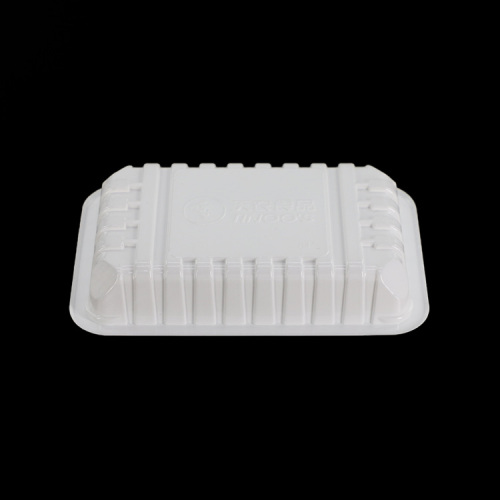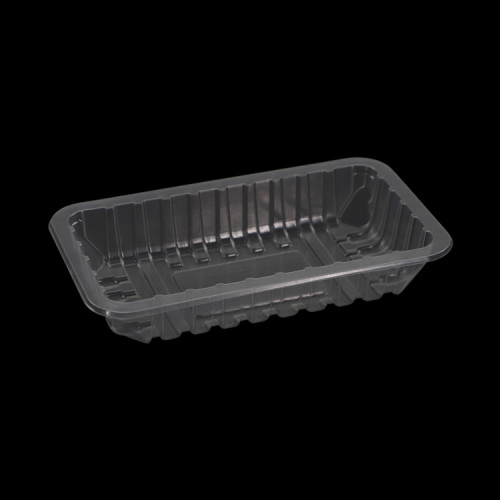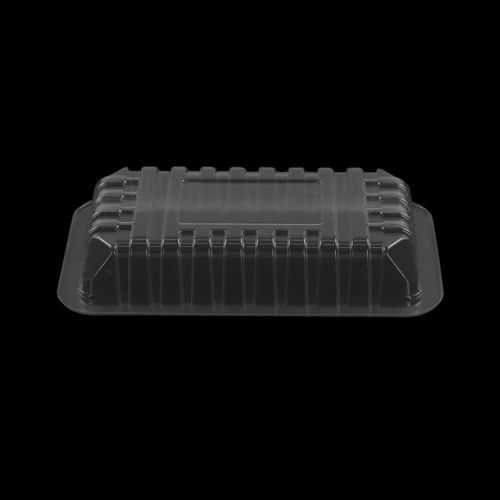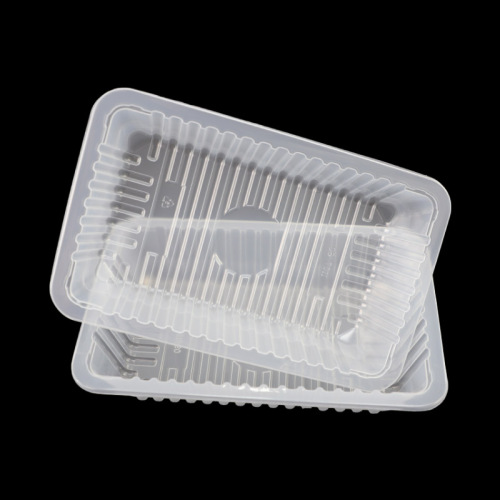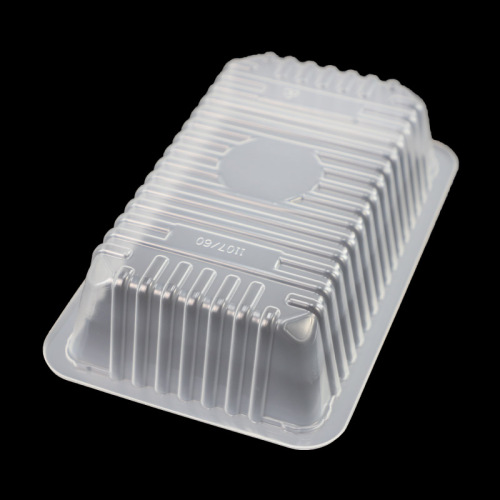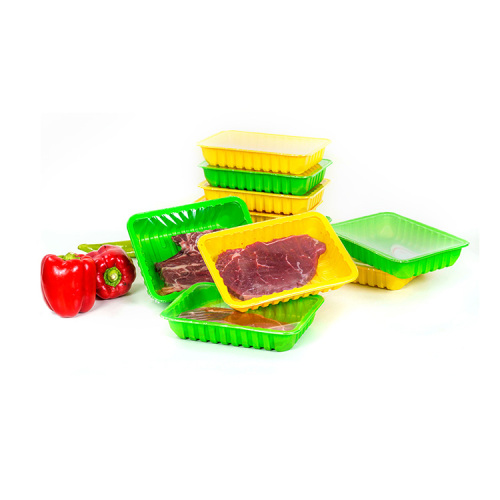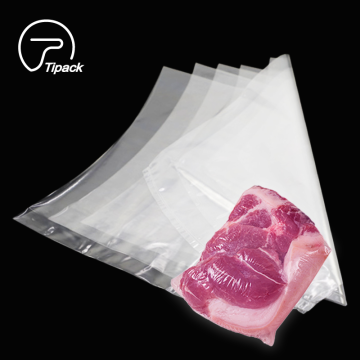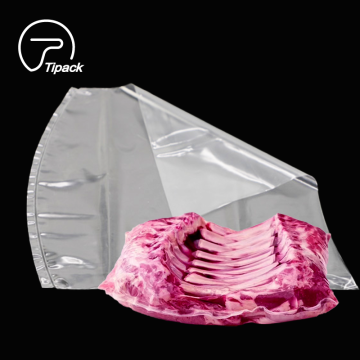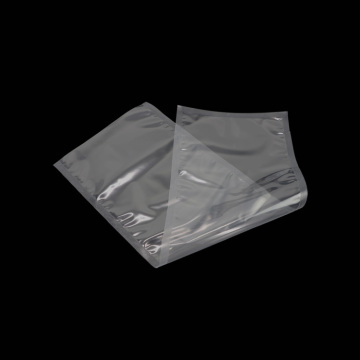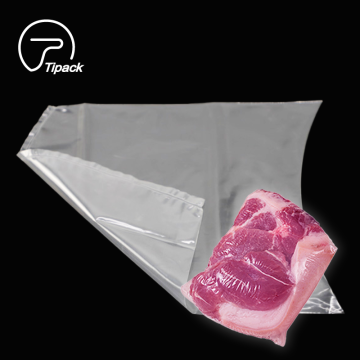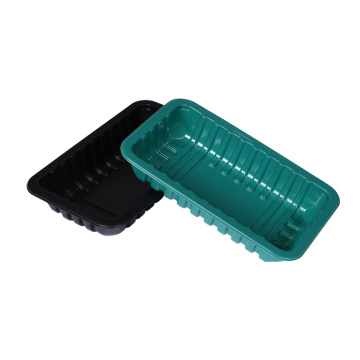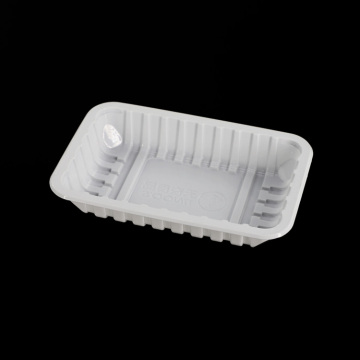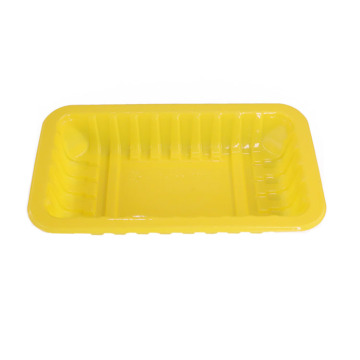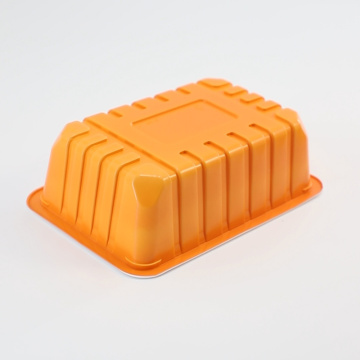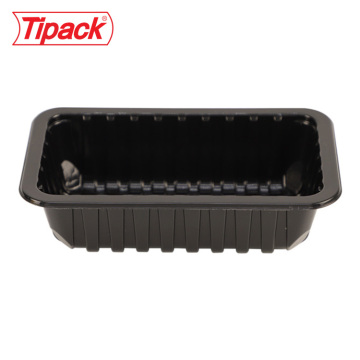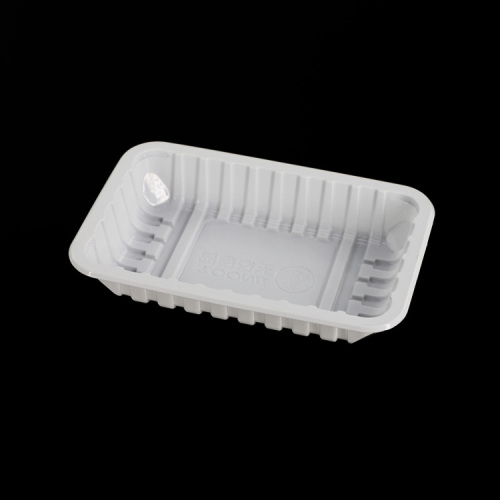
Fresh Raw Chicken Meat Pork Packaging MAP Trays
- Transportation:
- Ocean, Land, Air, Express
- Port:
- Shanghai, Ningbo, Yiwu
Your message must be between 20 to 2000 characters
Contact Now| Place of Origin: | China |
|---|---|
| Productivity: | 1,000,000pcs per month |
| Supply Ability: | 1,000,000 Pcs per month |
| Payment Type: | L/C,T/T,D/P,D/A,Paypal,Money Gram,Western Union |
| Incoterm: | DAF,Express Delivery,DDU,DDP,DEQ,CIP,CPT,FCA,FAS,EXW,CIF,CFR,FOB |
| Certificate: | ISO 9001:2015 |
| HS Code: | 3923100090 |
| Transportation: | Ocean,Land,Air,Express |
| Port: | Shanghai,Ningbo,Yiwu |
Modified atmosphere food packaging is referred to as MAP Trays packaging, also known as gas replacement packaging, which is widely used in the packaging of fresh food (fish, meat, fruits and vegetables), cooked food and barbecued food. Compared with frozen packaged food, EVOH Barrier PP Trays have high fresh-keeping quality, can maintain the original state, original taste and original color of food, and meet the requirements of ready-to-eat or ready-to-cook in kitchen engineering.
The basic principle of food modified atmosphere PP Tray packaging preservation is to replace the air in the package with a protective gas, so that the food is placed in a protective gas environment, the growth and reproduction of bacteria and molds that cause food spoilage are inhibited and preserved, the color of fresh meat is protected, fresh The aging process of fruits and vegetables is delayed, thereby extending the shelf life of food.
Fresh aquatic products
Fresh fish and aquatic products are perishable foods with high moisture content. Anaerobic bacteria are one of the corruption factors of fresh aquatic products during low temperature storage, and produce toxins that are harmful to human health. The preservation gas consists of gases such as O2, CO2 and N2. Modified atmosphere packaging of fatty fish is the main factor of spoilage due to fatty oxidizing acid, and the protective gas is composed of CO2 and N2 and other gases. Modified atmosphere packaging of fresh aquatic products, depending on the variety and freshness, has a shelf life of 15 to 30 days at a temperature of 0 to 4 °C. The packaging film must use a composite plastic film with high gas barrier properties to maintain the gas concentration in the packaging.
Fresh meat and poultry
The preservation of fresh pork, beef and mutton requires preservation and the red color of the fresh meat. O2 oxidizes the myoglobin in the meat to oxymyoglobin, and the meat is bright red. Oxygen-deficient packaging such as vacuum packaging, the oxymyoglobin in the meat is reduced to myoglobin, and the meat is lavender, which will be mistaken for stale meat by consumers and affect sales. The protective gas of the modified atmosphere packaging of fresh pork is composed of gases such as CO2 and O2. The high concentration of oxygen can maintain the red color of the fresh pork, and the carbon dioxide gas is used for anti-corrosion. The fresh-keeping period at 0~4℃ is 10~14 days. If CO2, N2 and other gases are used, the fresh-keeping period is 25~30 days. The protective gas of the modified atmosphere packaging of fresh chicken is composed of gases such as CO2 and N2, and the fresh-keeping period at 0~4°C is 15~20 days. The deterioration of fresh eggs is caused by the loss of CO2 naturally produced on the surface of the eggshell and the reproduction of molds. The protective gas of the modified atmosphere packaging of eggs is composed of gases such as CO2 and O2. The fresh-keeping period is 60 to 90 days at a temperature of 20 to 25 °C. The packaging film must use a composite plastic film with high gas barrier properties to maintain the gas concentration in the packaging.
Fresh fruits and vegetables
After the fruits and vegetables are harvested, the metabolic respiration activity of absorbing O2 and expelling CO2 is still maintained. If the O2 content in the package decreases and the CO2 content increases, the fruits and vegetables can maintain weak aerobic respiration without anaerobic respiration, the aging process of fresh fruits and vegetables is delayed, the metabolism rate is reduced, and the fresh-keeping period is prolonged. The modified atmosphere packaging of fresh fruits and vegetables uses a breathable plastic film as a gas exchange film. The gas in the packaging is exchanged with the atmosphere. O2 is infiltrated from the atmosphere and excess CO2 is discharged from the packaging to maintain the weak aerobic respiration of fruits and vegetables. The modified atmosphere packaging of fresh fruits and vegetables The protective gas consists of gases such as O2, CO2 and N2. The fresh-keeping period of modified atmosphere packaging is determined according to the variety and freshness of fruits and vegetables, such as vegetables, mushrooms, lychees, etc. The fresh-keeping period at 0~6°C is 25~60 days.
Cooked food
The preservation of Western-style enema and Chinese-style cooked food such as fish, shrimp, and meat requires antiseptic and fresh-keeping flavor. The protective gas of the modified atmosphere packaging of cooked food is composed of gases such as CO2 and N2. The fresh-keeping period is 30-90 days at the temperature of 0~4℃, and the fresh-keeping period is 5~10 days at the temperature of 20~25℃. The packaging film must use a composite plastic film with high gas barrier properties to maintain the gas concentration in the packaging.
BBQ food
The deterioration of barbecued food is mainly mildew, and preservation requires mildew prevention and flavor preservation. The protective gas is composed of gases such as CO2 and N2. The shelf life of modified atmosphere cakes (excluding cream cakes) at 20~25℃ is 20~30 days. Modified atmosphere packaging of moon cakes has a shelf life of 90 to 120 days at a temperature of 30 to 35 °C. The packaging film must use a composite plastic film with high gas barrier properties to maintain the gas concentration in the packaging.
Product Pictures
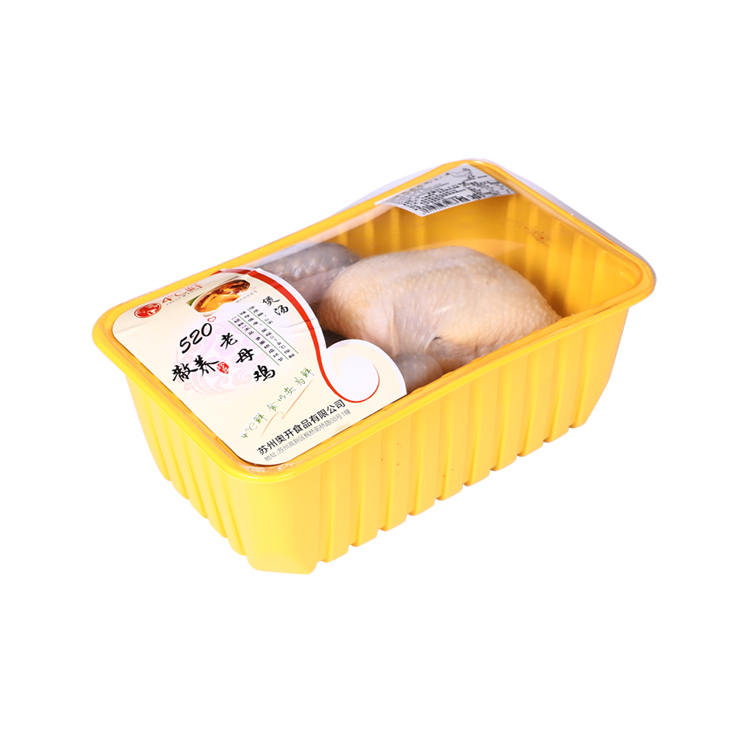
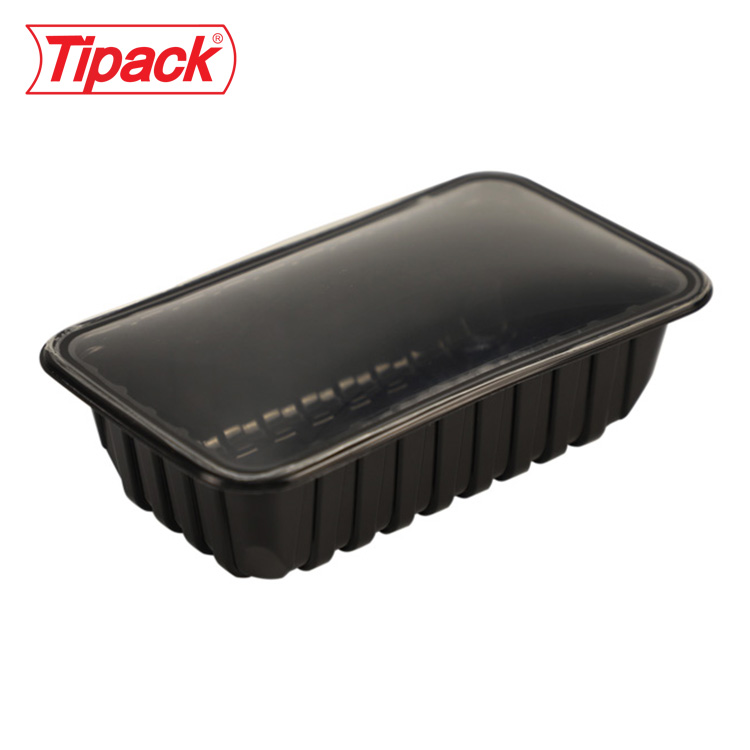
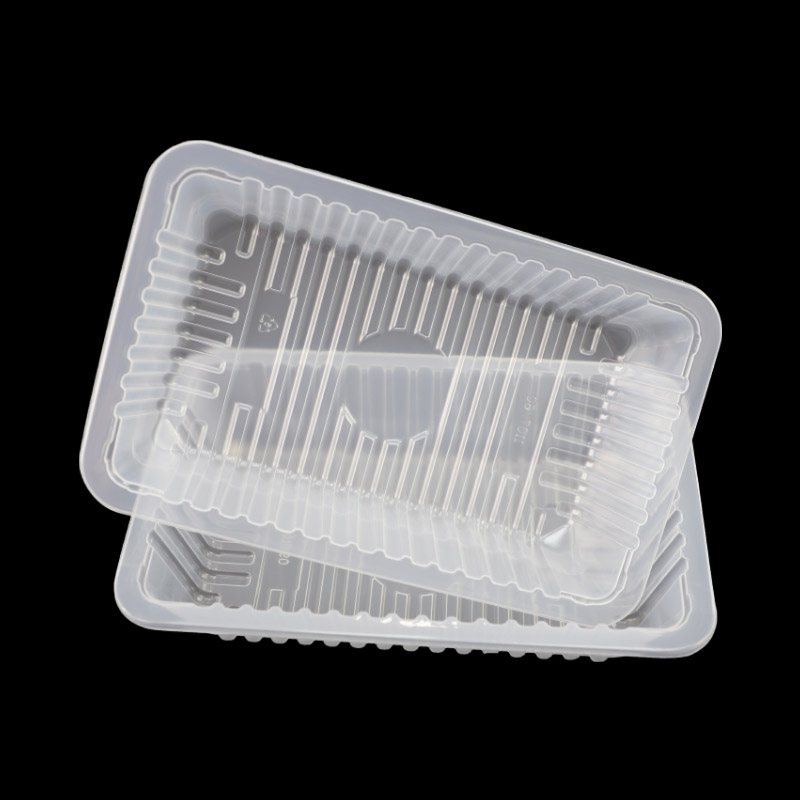
Factory Show
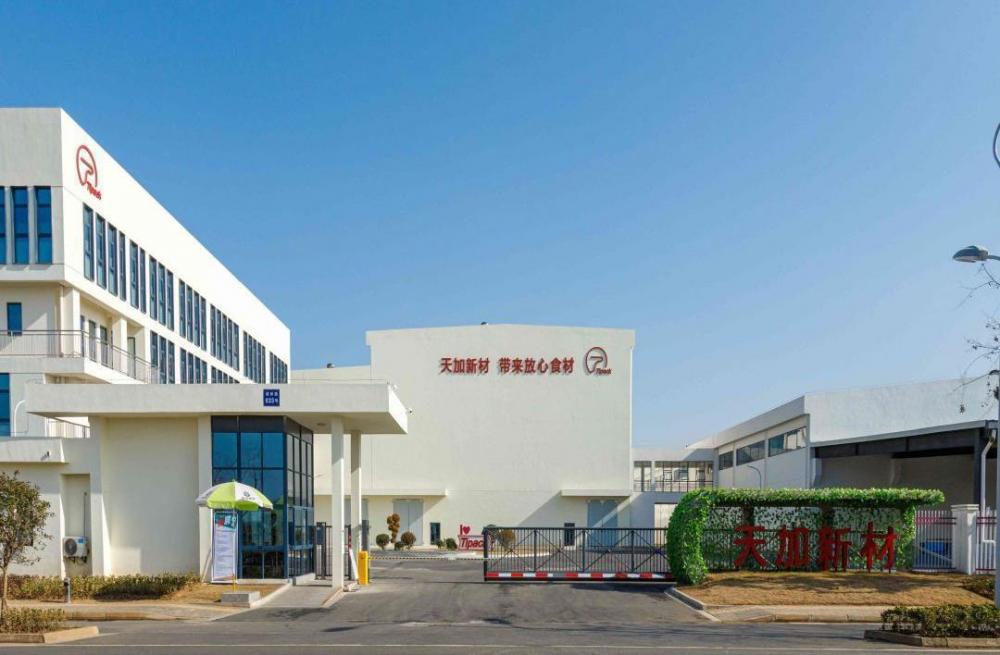
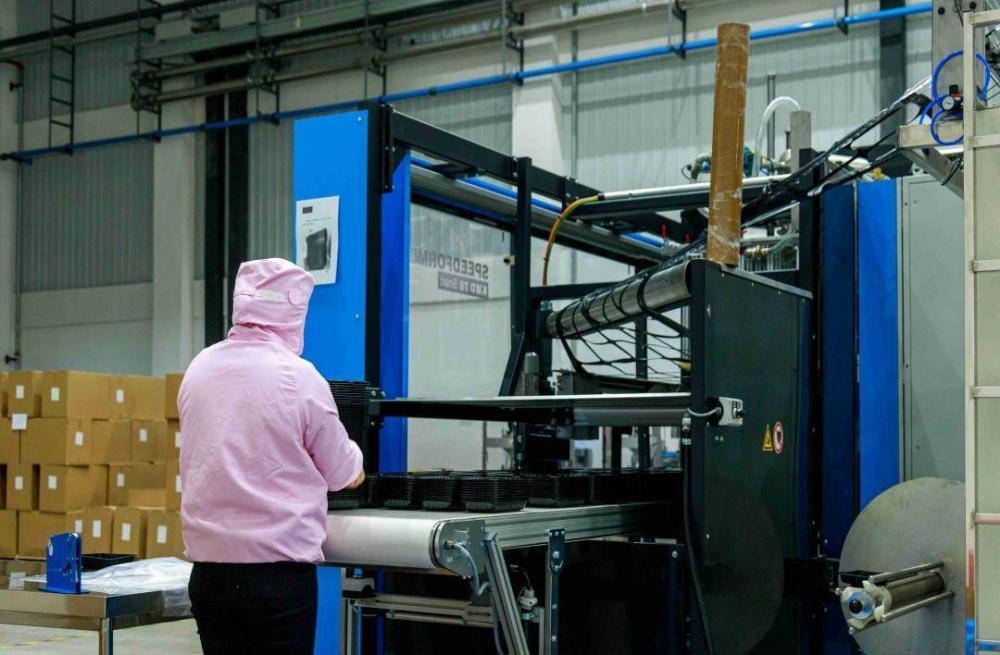
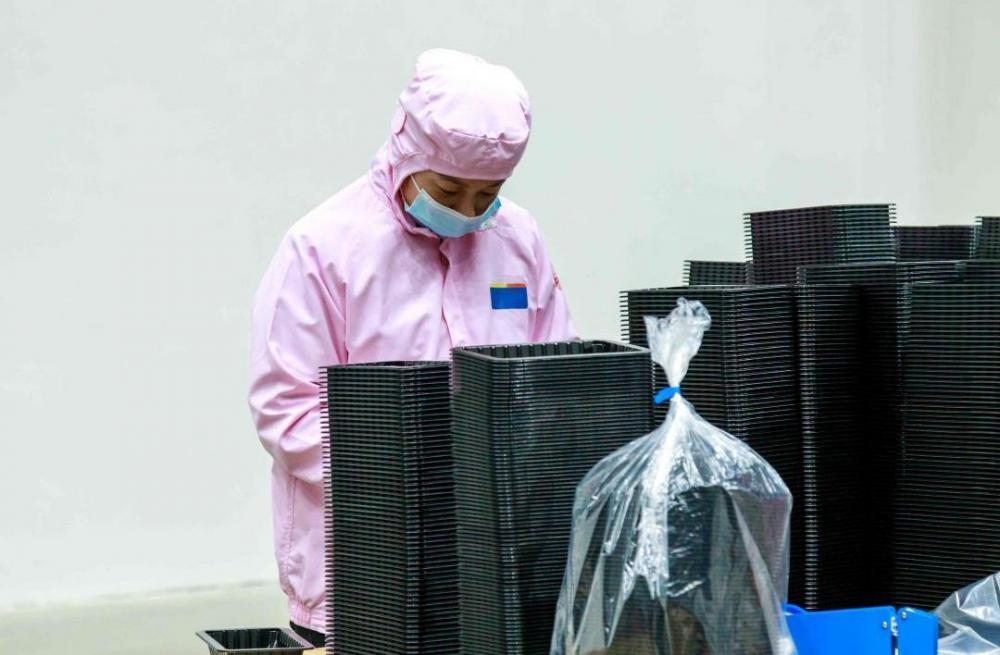
Related Keywords


